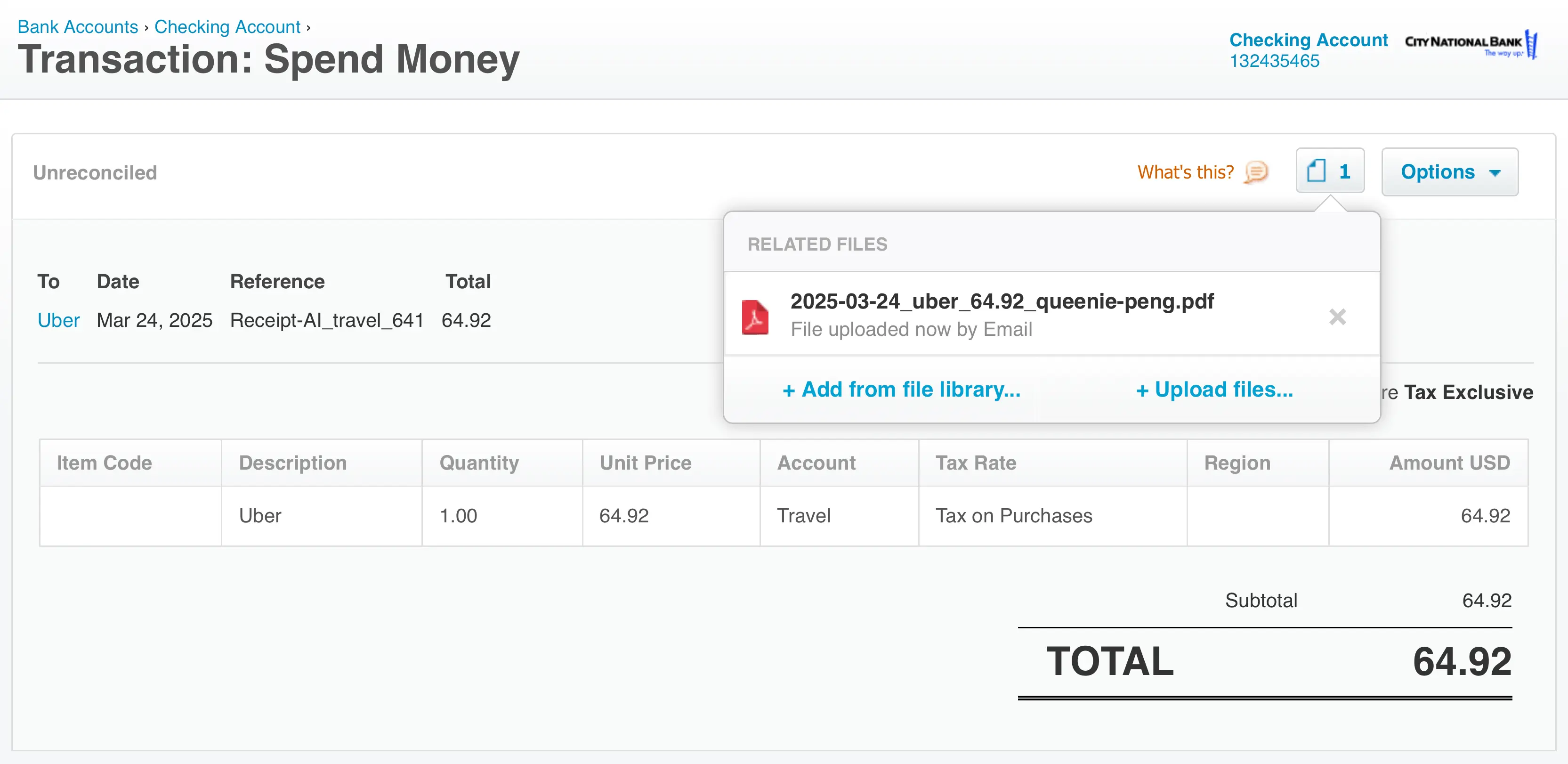Wednesday, April 10, 2024
What is an invoice?
Share this article:
An invoice is a formal request for payment for goods or services provided. It plays multiple important roles, from simplifying payment processes to tracking financial transactions, monitoring sales, and meeting legal requirements. This article explores the concept of invoices, their key elements, and their importance in commercial activities.
What is an Invoice?
An invoice is a detailed statement that outlines the products or services provided by a seller to a buyer, along with the terms of payment. It specifies the quantities, prices, discounts, taxes, total amount due, and payment terms. Invoices are issued by the seller or service provider and are directed to the buyer or client, acting as a record that the transaction occurred and payment is due.
* Upload invoices to QuickBooks and Xero using Receipt AI and SMS. This process simplifies the collection of invoices and the reconciliation process.

Key Components of an Invoice
An effective invoice contains several key pieces of information to ensure clarity and legality. These components include:
Invoice Number: A unique identifier for each invoice to help in tracking and organizing financial transactions.
Date of Issue: The date when the invoice is generated and sent to the buyer.
Seller’s Details: Information about the seller, including name, address, and contact details.
Buyer’s Details: Information about the buyer, including name, address, and contact details.
Description of Goods or Services: A detailed list of the products or services provided, including quantities and prices.
Terms of Payment: Conditions under which the payment is to be made, including payment methods, due dates, and any early payment discounts or late payment penalties.
Total Amount Due: The final amount the buyer owes to the seller, including all products or services, taxes, discounts, and shipping costs.
Types of Invoices
Standard Invoice: A general invoice used across different industries for various transactions.
Proforma Invoice: An estimated invoice sent before the delivery of goods or services, often used in international transactions.
Credit Invoice: Issued when a refund or credit is applied to a customer’s account.
Debit Invoice: Reflects an increase in the amount due, often due to a change in the original order.
Commercial Invoice: Used in international trade, this document provides information for customs clearance.
Importance of Invoices in Business
Revenue Tracking: Invoices help businesses track sales and revenue, providing valuable data for financial analysis and forecasting.
Cash Flow Management: By issuing payment terms, invoices help manage the inflow and outflow of cash, crucial for maintaining business operations.
Legal Protection: Invoices serve as legal documents that can protect both the buyer and seller in disputes by providing a clear record of the transaction.
Tax Compliance: They are important for tax purposes, helping businesses document their income and expenses accurately for tax reporting and compliance.
Invoices are foundational to the financial health and operational efficiency of a business. Understanding how to properly manage invoices can significantly impact a company's cash flow, legal standing, and customer relationships. As businesses continue to evolve, having an efficient invoicing process is important, and tools like Receipt AI can improve this efficiency by automating collecting invoices, data entry and reconciliation, ultimately saving time and reducing errors.
invoice meaning
what is an invoice number
invoice definition
proforma invoice meaning
receipt ai





